May 16, 2019 saw the one day only showing of The Saga of Tanya the Evil – The Movie in the United States, presented by Crunchyroll Movie Night and Fathom Events. The Movie, which I wish had a more concise title, is a big step forward from the anime’s (also known as Youjo Senki, meaning “War Diary of a Young Girl”) painfully linear plot devoid of tension or peril. The film also manages to bring some ideological questions that give you something to think about in a franchise that all too often feels like a fascist masturbatory vehicle.

For the uninitiated: The Saga of Tanya the Evil is a media franchise (originally light novels by Carlo Zen, adapted into multiple mangas, animes, and now a theatrical movie) that tells the story of a ruthless, rabidly atheist, unwaveringly capitalist, utterly insufferable Japanese corporate middle manager who dies and finds himself reborn in an early-20th century Germany analogue, condemned to a reverse-Book of Job-style plot where God Himself challenges the man to stay faithless in the face of a world war.
And also he’s reincarnated as an adorable little blonde girl with incredible destructive magic powers that he, now named Tanya von Degurechaff, dedicates to the service of the German Reich. The central conflict of the story is whether or not Tanya can survive in this war-ravaged world without finding some faith in God, who she’s personally met on multiple occasions. That part is a little tricky.
The anime, which ran from January 6 to March 31, 2017, consistently failed to establish any peril in that conflict. Tanya’s magic powers, combat ability, and tactical knowledge were such that she was completely unbeatable, able to fly right into an enemy capital and force a capitulation almost single-handedly and walk out without a scratch. It was fun to watch her antics. It was silly to see a tween girl conquering Europe. But it wasn’t terribly good storytelling and often felt like a Reichy wankfest.
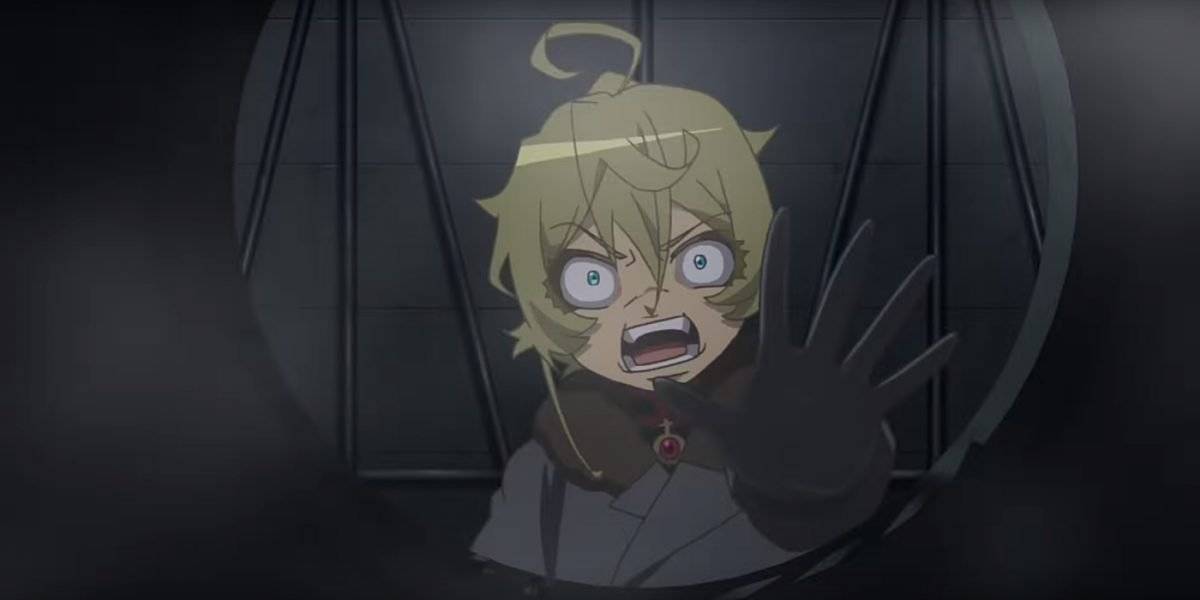
Now at the heart of the franchise, I believe The Saga of Tanya the Evil has a compelling thesis that can be boiled down to “if your dickhead of a boss got tossed into a battle he’d probably be a fascist war criminal.” But it suffers from the same problem that plagues most media with evil protagonists: a lot of the audience just doesn’t get it. They see Tanya’s triumphs, the (unquestioning) admiration of her men, the accolades the Reich awards her, the medals, the promotions, the German colors on the map getting bigger and bigger, and they feel like Tanya’s a hero who’s doing everything right. The anime did very little to counter that idea.
The Movie offered another perspective. This is where I’m going to start getting into some spoilers so if you missed the one day showing and want to wait for the Blu-ray release, just reread the first paragraph and call it a day.
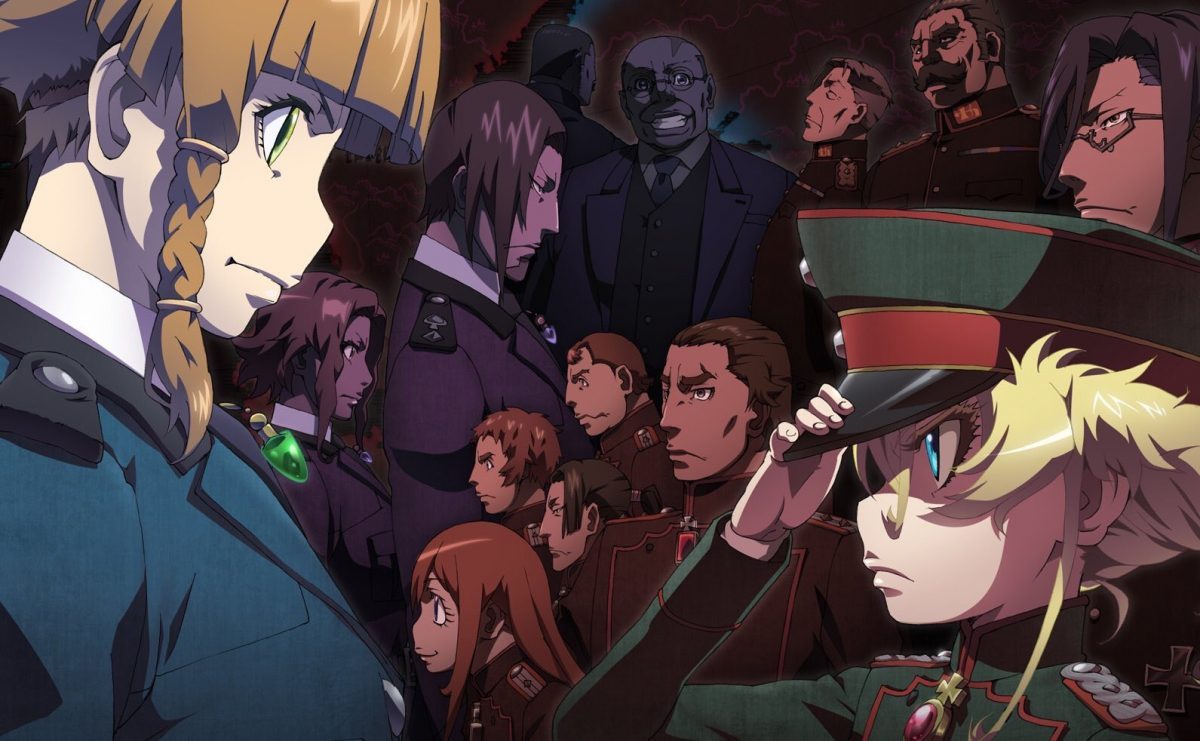
The anime series introduced Mary Sue, captioned as Mary Sioux by Funimation while the novels and The Movie prefer Sue, with original creator Carlo Zen having gone on record saying the name is indeed a reference to the fan fiction trope. The anime presents Mary as an anti-Tanya. The daughter of a soldier Tanya personally killed, Mary is an American who also possesses tremendous magic power granted to her by God. Unfortunately, the anime ends with Mary joining a volunteer expeditionary force, before she can ever pose a threat to our evil protagonist.
The Movie, on the other hand, features a battle between Mary and Tanya as its climax. It goes to great pains to show the two characters as polar opposites. Tanya coldly butchers her way across Europe in an expression of ethical egoism, committed to the classic Nuremberg defense, where anything she does is excusable because she is only following orders.
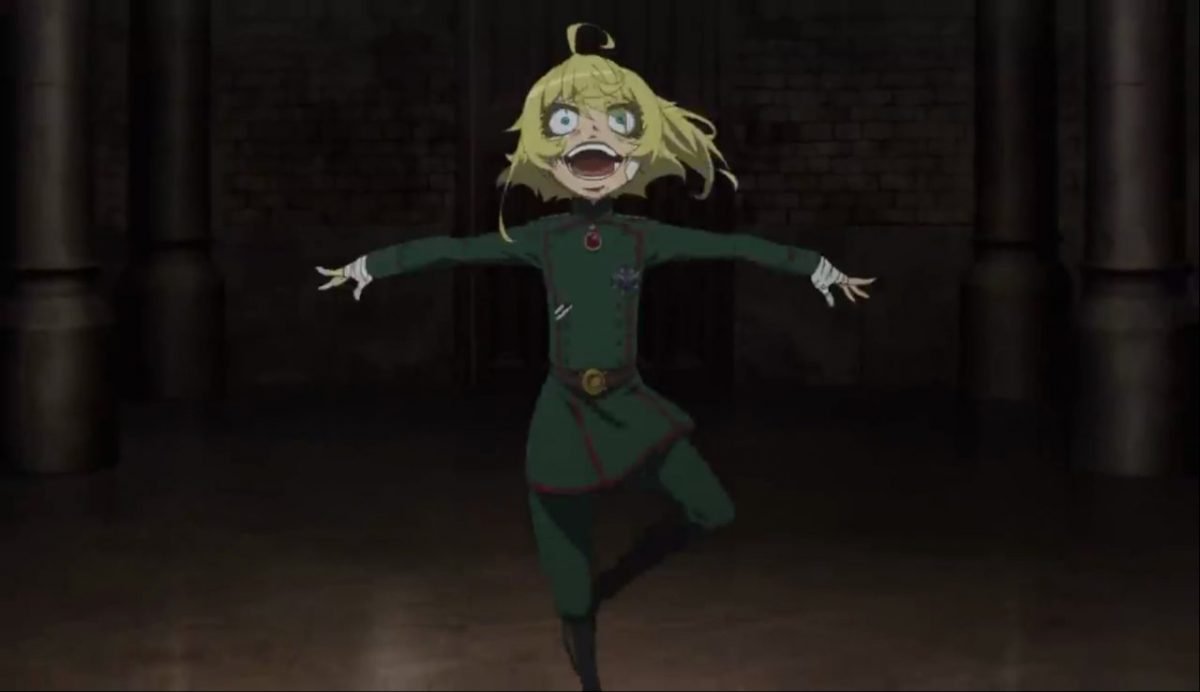
At the same time, Mary chastises her superior officer for not acting to save civilians from the Reich. She runs off on her own, in violation of her orders, to get vengeance for her father and to protect her allies from Tanya. She is passionate and committed to doing what’s right, even at risk to her own life and limb, while Tanya is dispassionate and committed to doing anything she can to save her own skin.
It’s a powerful contrast, and it’s one that actually means something when it comes down to their climactic battle and we see Mary is actually a match for Tanya. In fact, she ultimately overpowers our protagonist, The Devil of the Rhine, beating her to within an inch of her life in a drawn-out scene where we see Tanya utterly defeated for the first time. It was an important moment that established finally that Tanya could fail in her goal of surviving the war, as well as offering an ideological counterweight to her previously unquestioned objectivism.
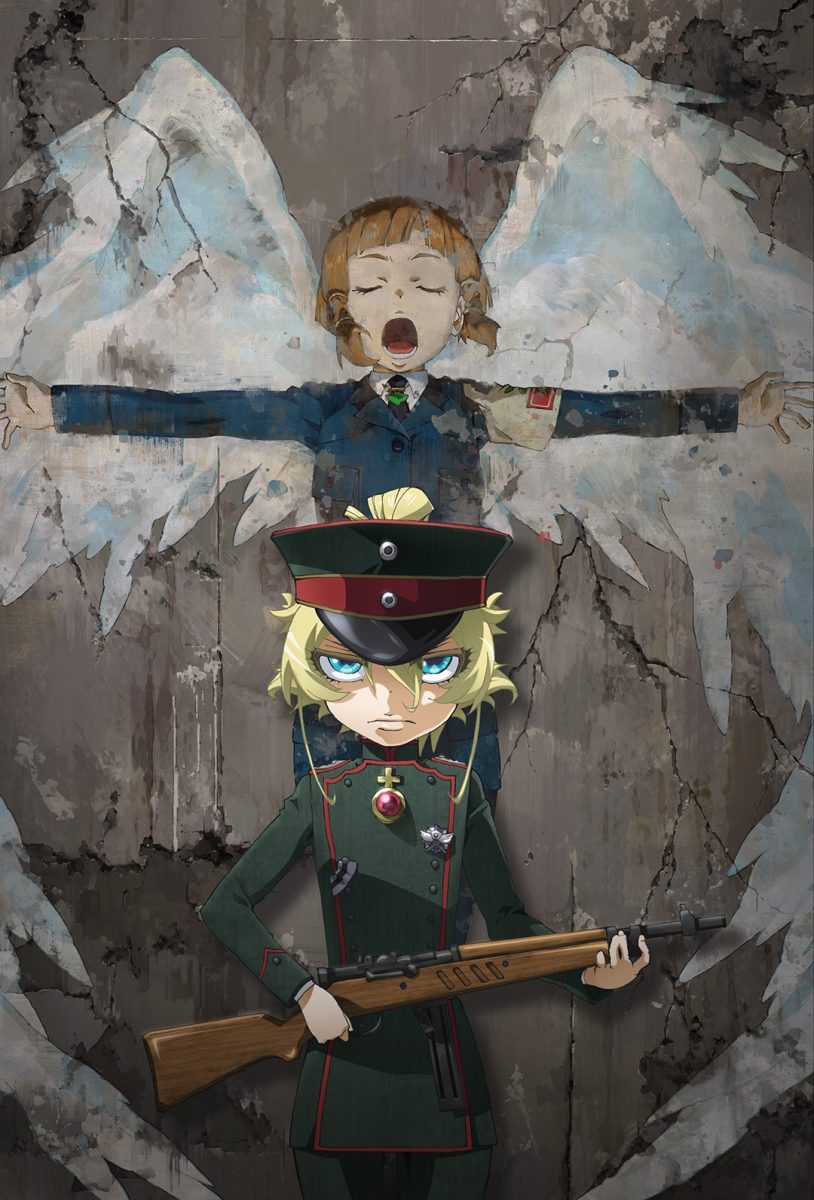
That isn’t to say The Saga of Tanya the Evil – The Movie abandons the World War II German military masturbation. Far from it. A majority of the movie is still dedicated to watching Junkers, Tiger IIIs, and Gewehr 43s dominate the battlefield as the Reich rolls over the Free French and the Soviets led by their contemporary World War II leaders barely clothed in a fig leaf.
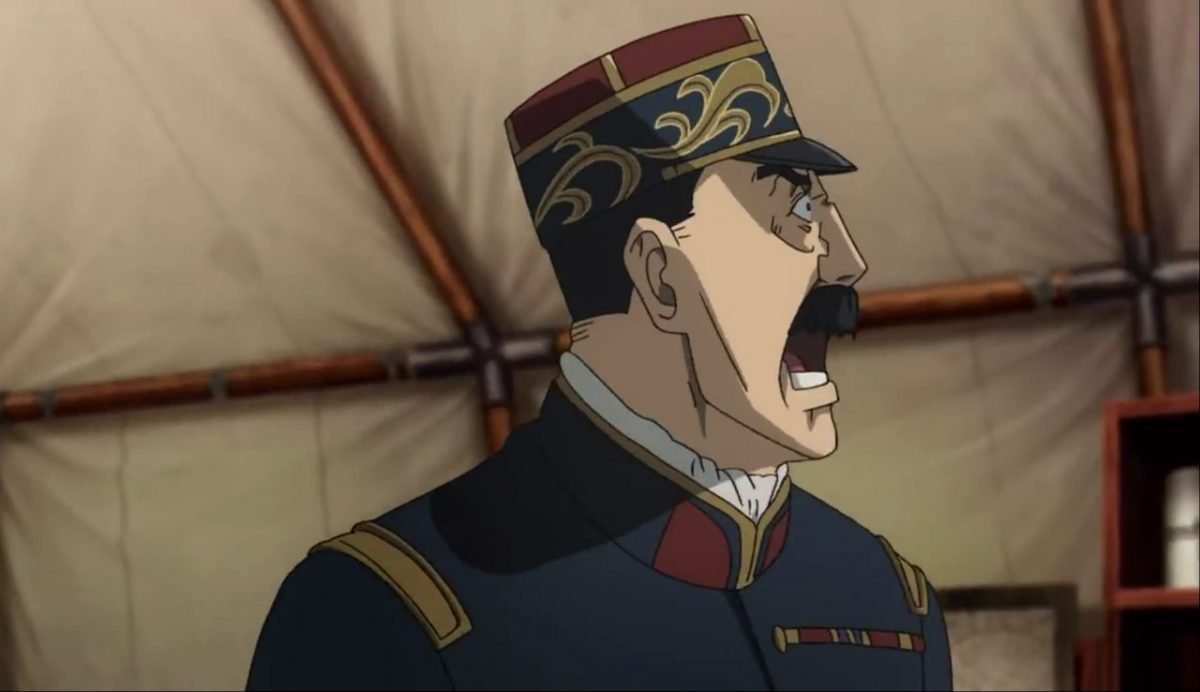
The anime left off with Tanya in North Africa preparing to fight the Frenchman (called Republican in this universe) whose name I forgot but who looks and acts exactly like Charles de Gaulle. I had assumed The Movie would be about this conflict, but Tanya uses her brilliant tactics and immense magical power to end the campaign in a matter of minutes. We move on to Russia.
The entire first act of the film is then Tanya reacting to a reverse Operation Barbarossa, in which the perfidious Soviets break their treaty with the Reich and attack, leaving Tanya and her men free to fly directly to Moscow and topple several Soviet icons without any resistance as the communist government is crippled by political correctness (in the original Leninist sense, rather than the modern “don’t say mean words” sense) and beholden to a slimy pedophile.
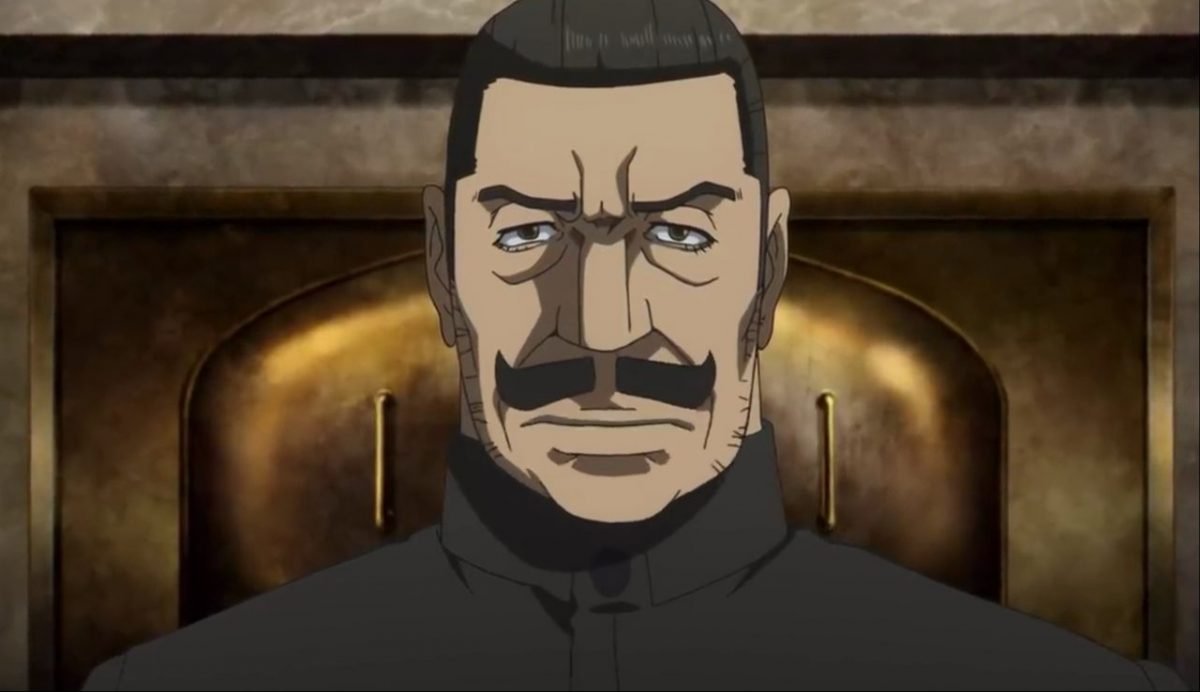
It’s a lengthy sequence of fanservice for people who want to see fascists kill hapless communists and feel justified about it, as Tanya repeatedly makes cracks about how “Commies” are totalitarians who would deprive people of liberty and are therefore subhumans who deserve to die. There was no conflict, no stakes, no peril, just a lot of smashing famous Russian landmarks while singing the Reich’s national anthem.
And it’s a real missed opportunity, because Tanya’s right hand and major supporting character Lieutenant Serebryakov is an exiled Russian royal who could have had some interesting development through her homecoming. Instead, she tells us she doesn’t really remember anything about Russia and doesn’t care. She just helps Tanya blow stuff up.
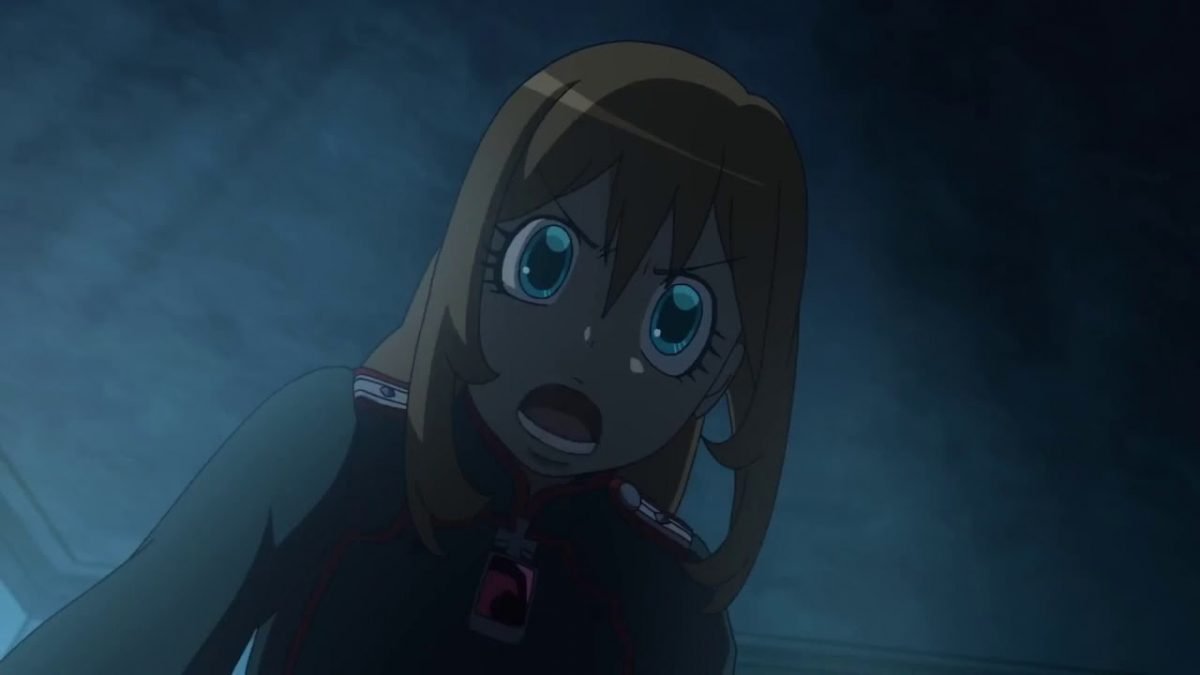
Missed opportunities are a running theme in my criticism of the Tanya franchise. There is so much more that could be done with Tanya’s origins as a corporate middle manager that ends up largely glossed over in favor of World War II fetishism. The Movie only had three references to Tanya’s past life, none of which had anything to do with her (his?) business background. I wish we saw more of how Tanya’s cutthroat business practices informed her business of cutting throats for the Reich.
But for all the wehraboo fanservice (a lot of my fellow fans in the theater were cheering at the wrong parts, and I felt a little lonely clapping for Mary beating down Tanya) and missed opportunities, The Saga of Tanya the Evil – The Movie is a big step forward for the animated corner of this franchise. I hope the developments with Mary Sue continue into a potential second season of the anime. Overall, stepping closer to the central thesis of the story is something that needs to happen, and I’m glad to see that it is actively happening.



![Sawaranaide Kotesashi Kun Episode 12 [END] Featured Image](https://blog.jlist.com/wp-content/uploads/2025/12/Sawaranaide-Kotesashi-kun-Episode-12-END-Featured-Image-750x536.jpg)










